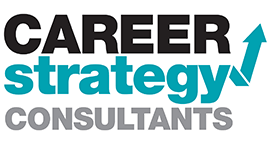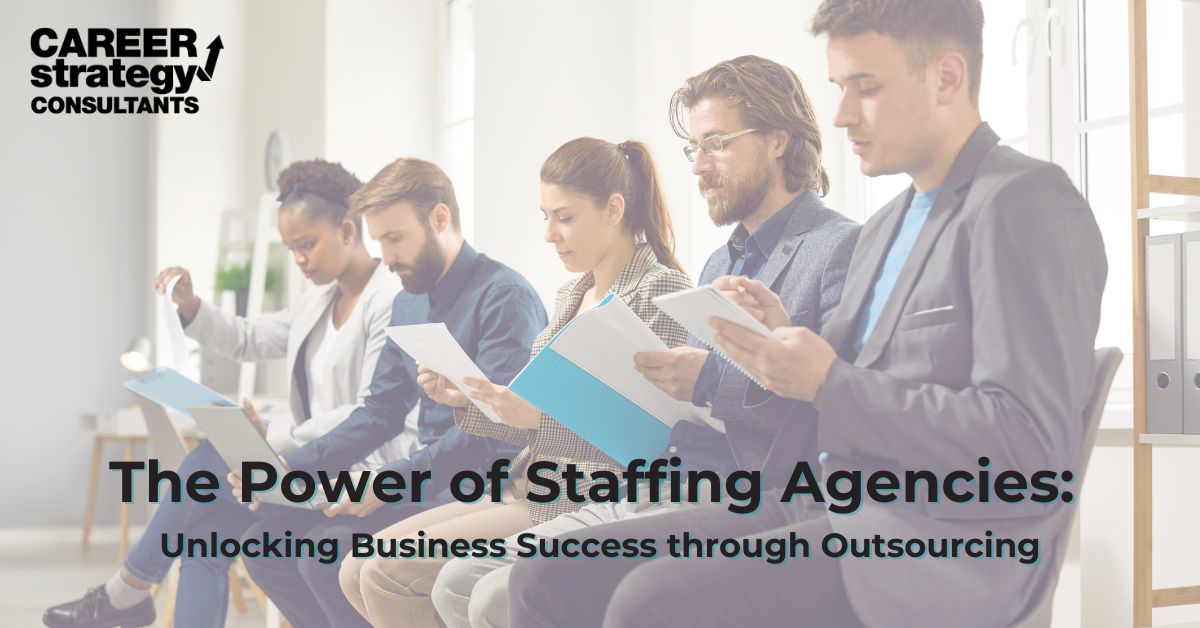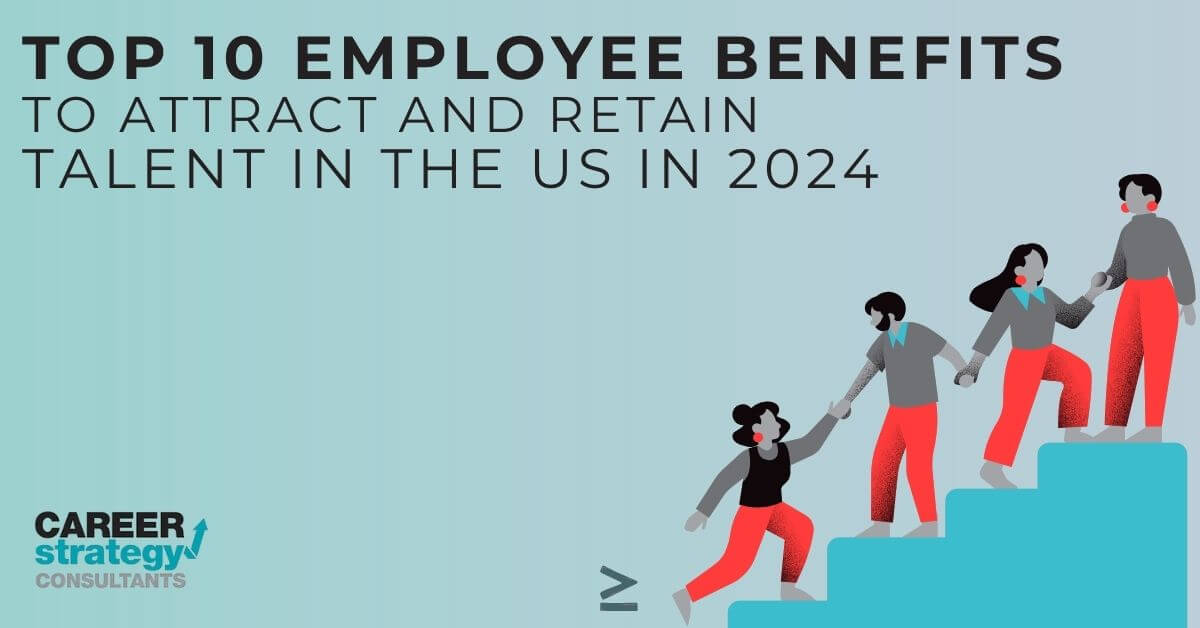Mastering Manufacturing Employee Recruitment: Proven Strategies to Attract Top Talent

Introduction
Recruiting top-notch manufacturing employees is a crucial task for companies in the manufacturing industry. The success of your production and overall business largely depends on the skills and expertise of your workforce. In this blog, we will explore effective ways to recruit manufacturing employees and unveil proven recruiting strategies to attract the best talent in the industry.
Define Your Ideal Manufacturing Employee
Before embarking on your recruitment journey, it’s essential to clearly define the attributes and qualifications you seek in a manufacturing employee. Create a detailed job description that includes specific technical skills, experience, and soft skills required for success in your organization.
Leverage Online Job Portals
To reach a wider audience, use online job portals and industry-specific platforms. Optimize your job listings with relevant keywords, such as “manufacturing jobs,” “production positions,” and “quality control roles,” to improve search engine rankings and attract the right candidates.
Engage with Industry Associations
Joining and actively participating in industry associations can provide access to a pool of qualified candidates. Attend industry events, webinars, and conferences to network and connect with potential manufacturing employees who are passionate about their field.
Utilize Social Media
Social media platforms like LinkedIn, Facebook, and Twitter are excellent tools for recruiting manufacturing talent. Create engaging posts, share company culture highlights, and use industry-specific hashtags to increase your reach and visibility.
Optimize Your Company Website
Your company website should serve as a powerful recruitment tool. Create a dedicated careers page that showcases your company’s culture, benefits, and available positions. Ensure that the page is easily accessible, mobile-friendly, and search engine optimized.
Implement Employee Referral Programs
Your existing employees can be your best recruiters. Implement employee referral programs to encourage your workforce to refer qualified candidates. Reward employees for successful referrals to boost participation.
Collaborate with Technical Schools and Vocational Programs
Partner with local technical schools and vocational programs to tap into emerging talent. Attend job fairs and career events at these institutions to identify potential recruits interested in manufacturing careers.
Offer Competitive Compensation Packages
To attract top manufacturing talent, it’s crucial to offer competitive compensation packages, including competitive salaries, bonuses, benefits, and opportunities for growth. Highlight these perks in your job listings and during the interview process.
Showcase Career Advancement Opportunities
Manufacturing employees are more likely to stay with a company that offers opportunities for career growth. Emphasize your company’s commitment to employee development and advancement during recruitment.
Streamline the Hiring Process
A lengthy and cumbersome hiring process can deter potential candidates. Streamline your recruitment process to ensure quick responses to applications, efficient scheduling of interviews, and a transparent communication flow.
Conclusion
As we’ve explored today, the landscape of recruiting in the manufacturing industry is as dynamic as it is challenging. Implementing these strategies will undoubtedly set your company on the path to attracting and retaining the skilled workforce essential for your success.
However, knowing the strategies is just the beginning – effectively putting them into action is where the real difference is made. This is where Career Strategy Consultants, Inc. steps in. With our expertise in talent acquisition and workforce management, we are uniquely positioned to help your manufacturing business thrive.
Are you ready to transform your recruitment process and secure the best talent in manufacturing? Career Strategy Consultants, Inc. offers tailored solutions that align with your unique business needs. Let us empower you to build a robust, skilled, and dedicated team that drives your manufacturing business forward.
Don’t let the challenge of recruitment slow down your progress. Contact Career Strategy Consultants, Inc. today, and let’s pave the way to a stronger, more efficient workforce together.

More Than Just Staffing
For Employers
For Individuals




















